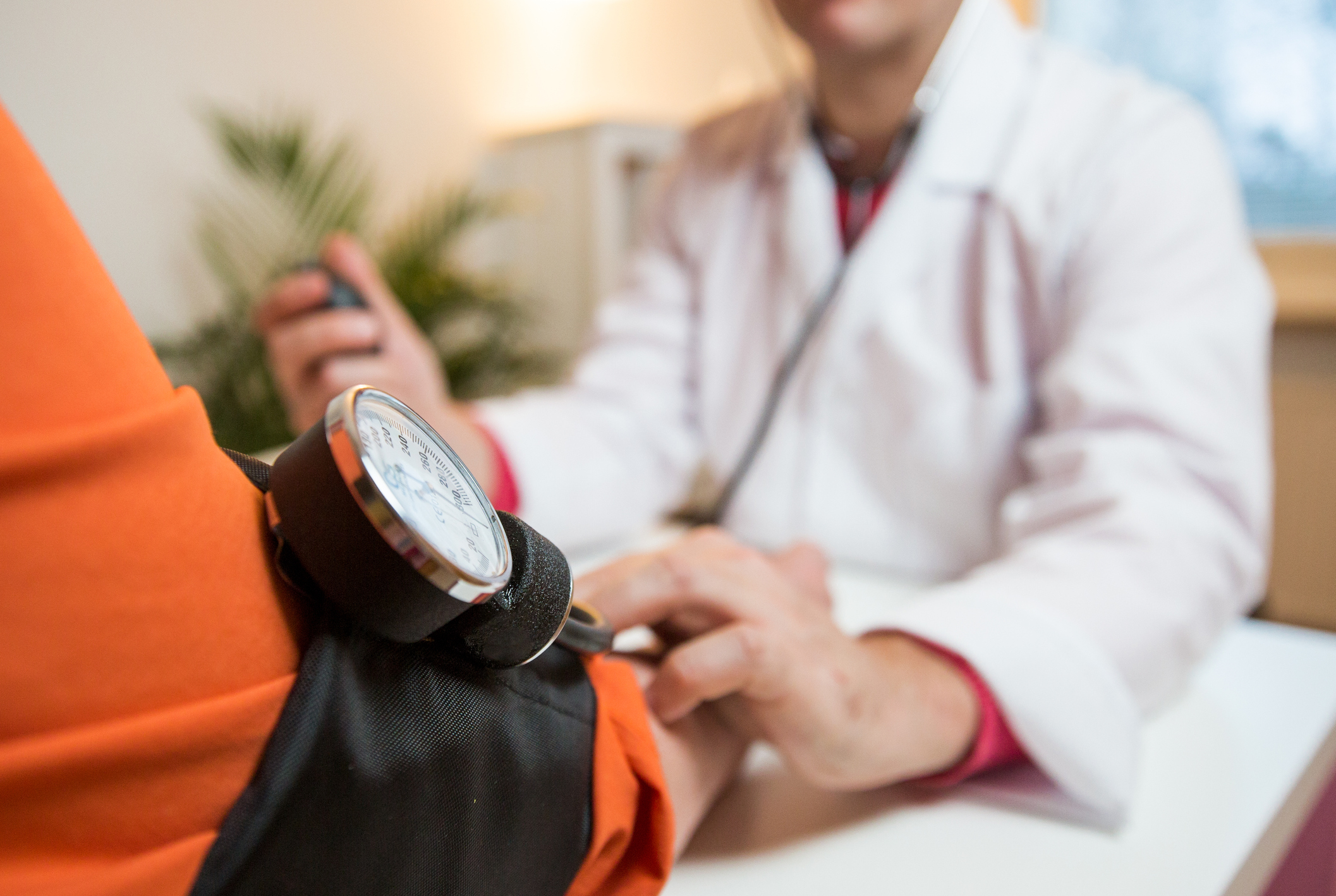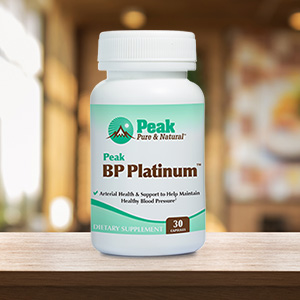Get Easy Health Digest™ in your inbox and don’t miss a thing when you subscribe today. Plus, get the free bonus report, Mother Nature’s Tips, Tricks and Remedies for Cholesterol, Blood Pressure & Blood Sugar as my way of saying welcome to the community!
Aortic aneurysm: A reason to check blood pressure in both arms

Getting your blood pressure checked is simply a routine procedure to be sure your heart is effortlessly pumping blood like it’s supposed to. But if your doctor is only checking one arm, you could be at higher risk for heart attack, stroke or sudden death and not even know.
I know… it’s a lot to take. Especially considering that we’ve already told you about a review of 74 studies that cast doubt on the accuracy of the popular cuff method…
And about the study that found having a full bladder, crossed legs or an unsupported back while having your BP taken could also contribute to inaccurate readings.
So, what’s a patient to do? Hold out both your arms — and here’s the lifesaving reason why…
A difference in blood pressure readings
Brand-new data compiled from 24 global studies of nearly 54,000 people reveals why checking your blood pressure in both arms is not only necessary — it could save your life.
The meta-analysis spanned adults from Europe, the U.S., Africa and Asia whose doctors had actually taken the time to perform regular blood pressure readings for both arms. It tracked the number of heart attacks, strokes and deaths that occurred in these records for the next 10 years, to determine how differences in readings between arms come into play.
Unfortunately, while it’s been long-recommended to take the time to check both sides to assess cardiovascular risk, researchers estimate that only happens in clinics about half the time or less — at best.
That’s a scary statistic considering that this study was the first to conclude that a significant difference between blood pressure measurements in both arms can be indicative of a narrowing, or stiffening, of the arteries, which can affect blood flow and skyrocket cardiovascular dangers.
But even when doctors have followed the guidelines, they’ve been playing by an old rule book that says everything’s good as long as the pressure difference between arms is less than 15mmHg.
Not so fast…
«SPONSORED»
10 is the new magic number
Well, that idea’s going to have to change thanks to this new study.
That’s because the team of researchers found that:
- The greater the inter-arm blood pressure difference, the greater the patient’s additional health risk.
- A lower threshold of 10 mmHg is clearly indicative of additional heart risk and means that far more people should be considered for treatment when this difference is present.
Their conclusion?
As lead author and general practitioner, Dr. Chris Clark, of the University of Exeter Medical School puts it, “Our research shows that the little extra time it takes to measure both arms could ultimately save lives.”
An interarm difference of greater than 10 mmHg occurs in 11 percent of people with high blood pressure. And the researchers concluded that each mmHg difference found between the two arms elevated predicted 10-year risk of one of the following occurring by 1 percent; new angina, a heart attack or stroke.
According to information found at Harvard Health, an arm-to-arm difference of 15 points or more may be a sign of peripheral artery disease (PAD) — a condition where cholesterol clogs arteries in the arms, legs or other non-heart parts of the body. PAD affects at least 12 million Americans, more than heart disease and stroke combined,
If the blood pressure is significantly different in both arms, though uncommon, it could be an indication of an aortic aneurysm or dissection — the same deadly condition that took the life of popular actor John Ritter in 2003 and, most recently, 49-year-old sports writer Grant Wahl.
Assessing your heart risk
So if you want a true picture of your heart’s health, not just the partial view that a single blood pressure reading gives you, be sure to ask your doctor’s office to measure your blood pressure in both arms the next time you head into the clinic.
Even better, monitor your blood pressure at home on a regular basis with an easy-to-use blood pressure cuff that fits on your wrist, checking one side right after the other.
To determine how your readings measure up, look at your systolic pressure (the top number in the reading). The closer the readings are between sides, the better.
The U.S. Preventive Services Task Force recommends that men 65 to 75 years old who have ever smoked should get an ultrasound screening for abdominal aortic aneurysms, even if they have no symptoms. Approximately 59 percent of this type of aortic aneurysm occurs in men.
However, men and women are equally likely to get thoracic aortic aneurysms, which happen in the chest and become more common with increasing age.
One more factor can affect your risk for aortic aneurysm: a class of antibiotics known as Fluoroquinolones. You can find more here about how the FDA says they may double this deadly risk.
Editor’s note: There are perfectly safe and natural ways to decrease your risk of blood clots including the 25-cent vitamin, the nutrient that acts as a natural blood thinner and the powerful herb that helps clear plaque. To discover these and other secrets of long-lived hearts, click here for Hushed Up Natural Heart Cures and Common Misconceptions of Popular Heart Treatments!
Difference in blood pressure between arms linked to greater early death risk — ScienceDaily
Aortic Aneurysm — CDC













